
Omid Ghozatlou
Learning with adversarial samples for EO multi-spectral images | CEOSpaceTech | UPB | Romania
Hi!, I am Omid Ghozatlou, the ESR 14 in the MENELAOSNT project. I have wanted to become a scientist since I was a kid, stimulated by the lives of many renown scientists such as Albert Einstein, Thomas Edison, and Marie Curie. I remember to read many times their biographies and search for their achievements with real passion at a very young age. Marie Curie has especially fascinated me. She has always been an inspiration for me because of her incredible dedication to science and research. Now I am overjoyed that I have been accepted into the MENELAOSNT project, which is funded by the European Union’s Horizon 2020 research and innovation program through the Marie Skłodowska-Curie Actions (MSCA).
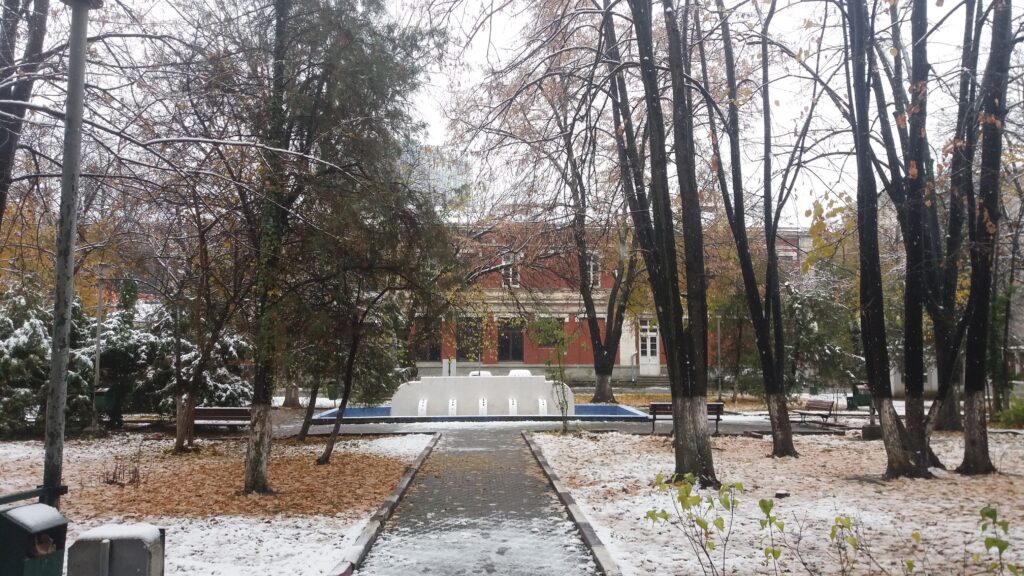
Now I would like to talk shortly about my background. I was born in Qods, Tehran, capital of Iran, on 15th November, 1991. I studied Physics and Mathematics at the Allame Helli High School, under the supervision of NODET (National Organization for Developing Exceptional Talents). In 2015, I received my Bachelor’s Degree in Power Electrical Engineering from the Shahid Rajaee University. After that, I became interested in German language and started to learn it. Then, I attended the University of Tehran’s Electrical Engineering Faculty to study Biomedical Engineering. In my Master’s, I studied machine learning and computer vision applications in medical image processing. Artificial intelligence and its applications in various domains caught my attention.
In November 2020, I moved to Romania and commenced my PhD studies at the CEOSpace Tech lab and the University Politechnica of Bucharest (UPB). My research is focused on satellite image analysis using artificial intelligence algorithms. The goal of the study is to develop deep learning solutions for Earth observation from multi-spectral images in the presence of naturally-occurring adversarial samples whilst also accounting for their physical nature and models.
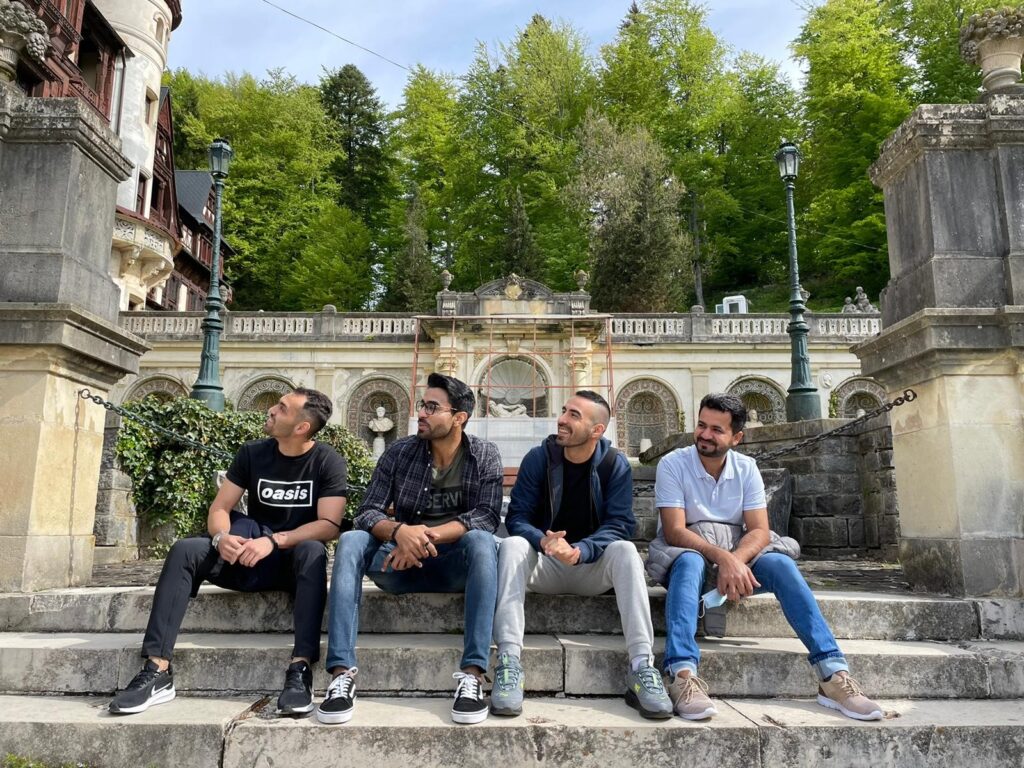
Unfortunately, romanian PhD students were forced to work from afar due to the COVID-19 situation. However, I was lucky enough to work and spend time in the center with other ESRs afterwards. The paperwork and administration process for our enrollment at the UPB became much easier thanks to the support and guidance of Professor Daniela Coltuc.
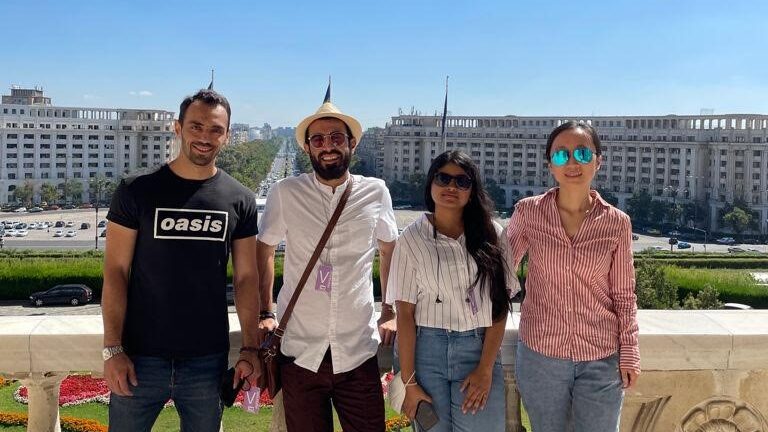
Bucharest, Romania’s capital, was once known as Little Paris, owing to the striking similarities in great architecture, lifestyle, and ambience. Romanians are so friendly and curious about other cultures. So, making friends and enjoying weekends in the old town is even easier than I expected. Bucharest is famous for having the second biggest administration building in the world, located really close to Piata Uniri. The square, the heart of the city, consists of a beautiful and huge park surrounded by great examples of interesting socialist-realist architecture.
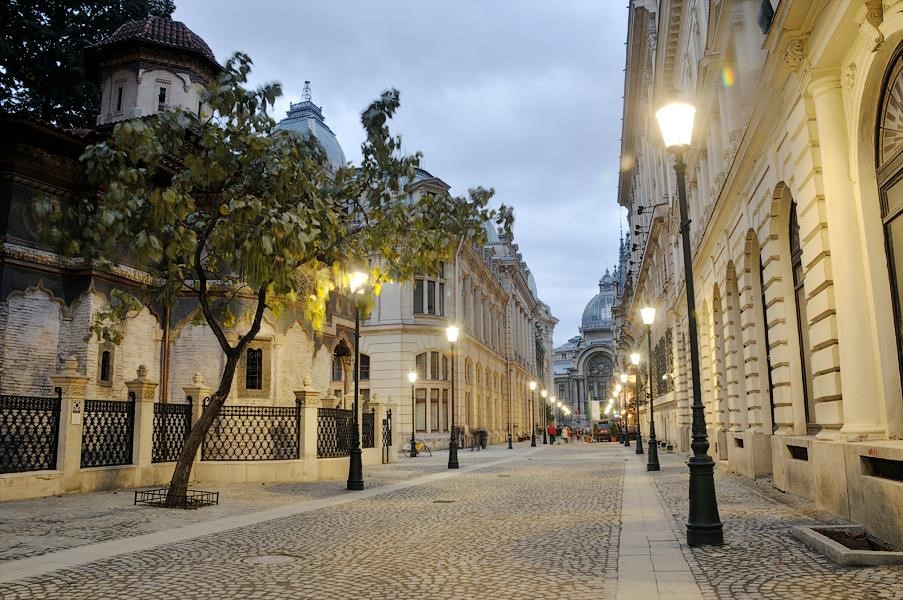
As I like so much to travel, without wasting time, I started to explore other cities and rural areas. Romania is a big country and visiting the whole country still requires a bit more time. I hope to be able to visit most of the important cities until the end of my period here. One the most beautiful and important cities I have visited is Brasov, located in the Transylvania region of Romania, ringed by the Carpathian Mountains. It is known for its medieval Saxon walls and bastions, the towering Gothic-style Black Church and lively cafes.
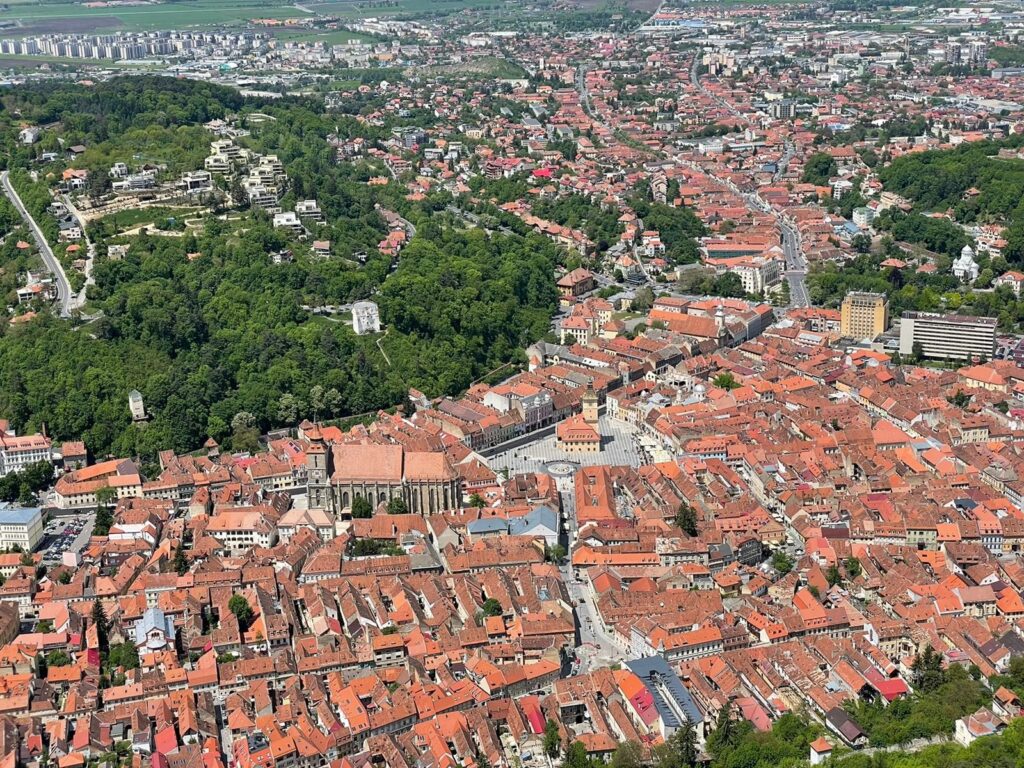

Recent Comments